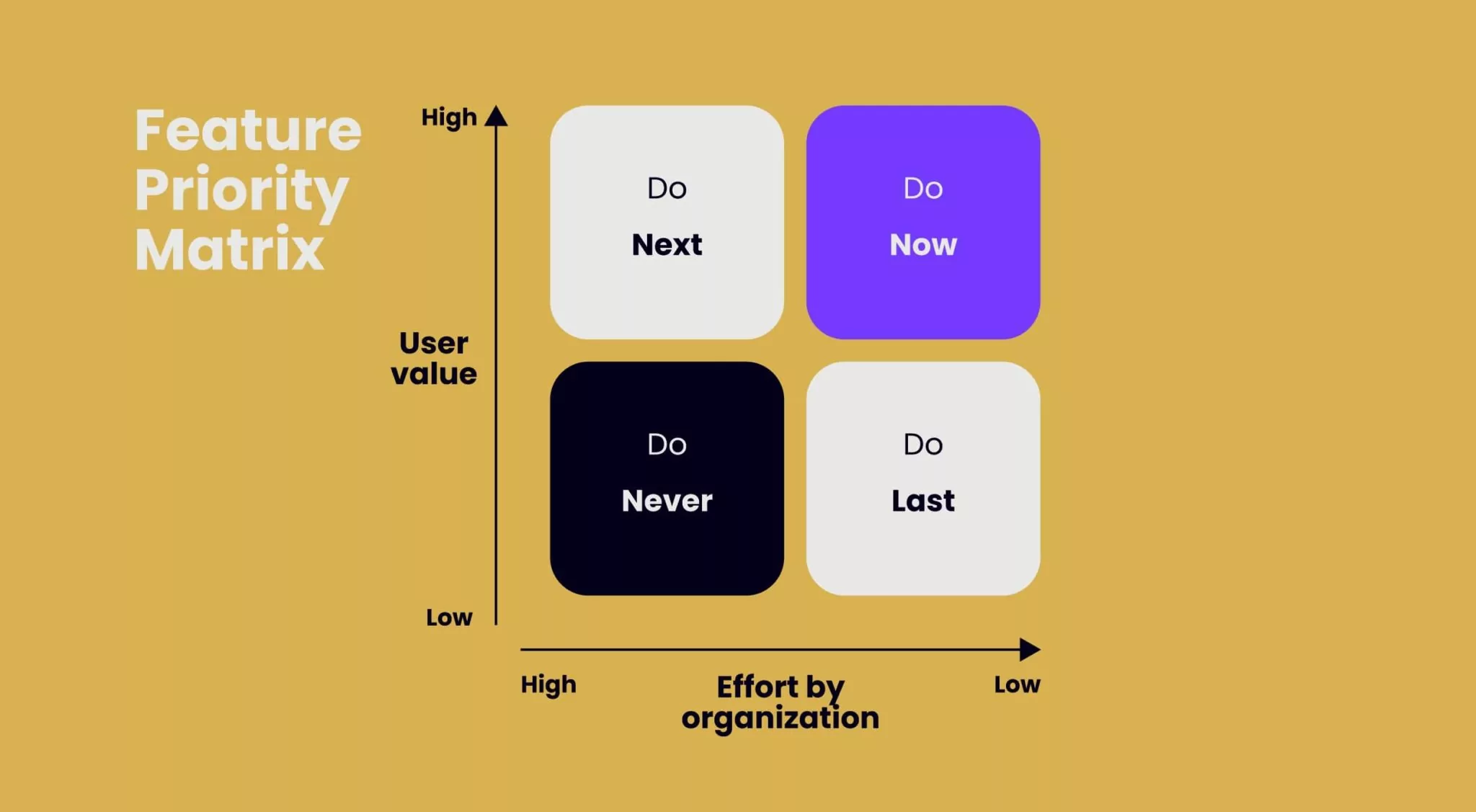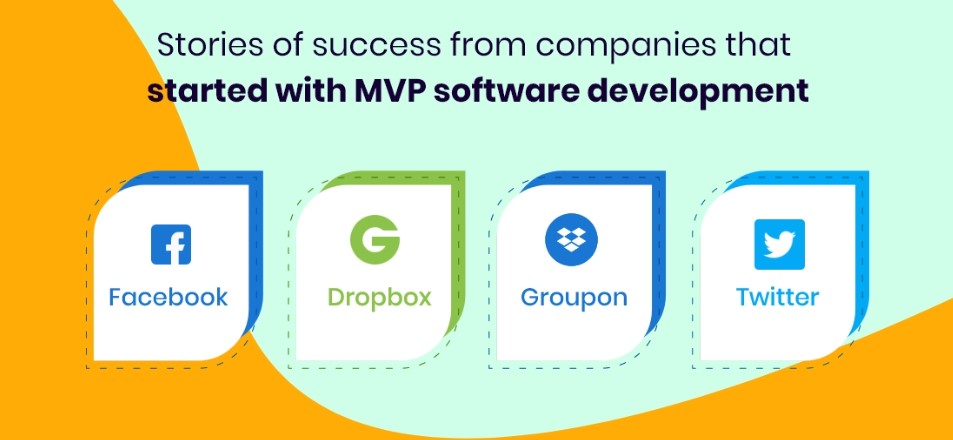From Dream to Reality: How an MVP Can Validate Your Startup Idea
Learn how to transform your startup idea into reality using the MVP approach. Discover practical steps, validation techniques, and real-world examples to minimize risks and maximize success potential.

Introduction: The Power of MVP Validation
Embarking on the entrepreneurial journey is exhilarating yet daunting. Transforming a visionary idea into a thriving startup requires strategic planning, efficient resource allocation, and, most importantly, validation. Enter the Minimum Viable Product (MVP)—a powerful tool that bridges the gap between concept and market success. At MVPDesignLabs, we understand the pivotal role an MVP plays in shaping your startup’s destiny. In this blog, we’ll delve into innovative ways an MVP can validate your startup idea, offering fresh insights, actionable strategies, and real-world examples to guide you from dream to reality.

Rethinking MVP: Beyond the Basics
While the traditional definition of an MVP revolves around building a simplified version of your product to test core functionalities, modern approaches emphasize agility, user-centric design, and rapid iteration. Here’s how you can redefine your MVP strategy to ensure robust validation:
1. Embrace Lean Principles
Adopting lean startup methodologies ensures that every step you take is geared towards minimizing waste and maximizing value. Focus on:
- Validated Learning: Continuously test assumptions through experiments
- Build-Measure-Learn: Develop small increments, gather data, and refine based on insights
- Pivot or Persevere: Be prepared to change direction based on feedback without losing sight of your vision
2. Integrate User Feedback Loops
Establishing continuous feedback mechanisms allows you to stay aligned with user needs. Implement:
- Real-Time Analytics: Use tools like Mixpanel or Google Analytics to monitor user behavior
- In-App Surveys: Gather immediate feedback within your product
- User Interviews: Conduct regular sessions to dive deeper into user experiences
3. Focus on Micro-MVPs
Instead of launching one MVP for the entire product, consider creating micro-MVPs that target specific features or user segments. This approach allows for:
- Targeted Validation: Test individual components to identify what resonates most with users
- Faster Iterations: Make quick adjustments without overhauling the entire product
- Resource Efficiency: Allocate resources to areas with the highest potential impact
Actionable Steps to Develop a Cutting-Edge MVP
Step 1: Define Clear Objectives
Identify what you aim to achieve with your MVP:
- Outline primary goals (e.g., user acquisition, feature validation)
- Set measurable KPIs aligned with these goals
Step 2: Conduct In-Depth Market Research
- Competitive Analysis: Identify strengths and weaknesses of existing solutions
- Customer Personas: Develop detailed profiles of your target users
- Market Trends: Stay updated with industry shifts and emerging technologies
Step 3: Prioritize Features with Impact
Focus on features that deliver maximum value with minimal effort:
- Implement the Kano Model for feature prioritization
- Use Impact Mapping to align features with business objectives
Step 4: Design User-Centric Interfaces
Create intuitive and appealing designs:
- Develop wireframes using tools like Figma or Sketch
- Conduct usability testing with prototypes
Step 5: Develop with Scalability
Choose technology that supports growth:
- Select scalable frameworks and cloud solutions
- Implement modular architecture
Step 6: Launch Strategically
Plan your launch carefully:
- Choose appropriate launch strategy (soft launch, beta testing)
- Leverage targeted marketing channels
Step 7: Analyze and Iterate
Focus on continuous improvement:
- Monitor KPIs and user analytics
- Schedule regular iteration cycles

Innovative Validation Techniques
A/B Testing
Test different MVP versions using tools like Optimizely
Smoke Testing
Create landing pages to gauge interest before full development
Concierge MVP
Manually deliver core services to understand user needs
Wizard of Oz MVP
Simulate complex features while testing user interface
Real-World Success Stories

Started as Burbn, pivoted based on user behavior to focus on photo sharing
Spotify
Used closed beta testing to refine their platform
Slack
Evolved from internal tool to revolutionary communication platform
Leveraging MVPDesignLabs for Success
Our approach includes:
- Collaborative Ideation
- Rapid Prototyping
- Agile Development
- Comprehensive Testing
Conclusion: Your MVP Journey Starts Here
Transforming your startup dream into reality begins with effective validation through MVP. By embracing innovative strategies, leveraging data-driven decisions, and staying user-centric, you can navigate the startup ecosystem confidently.
At MVPDesignLabs, we’re committed to bringing your vision to life with expertise in MVP development that ensures not just viability, but growth potential.
Ready to validate your startup idea? Contact MVPDesignLabs today and let’s build an MVP that sets the foundation for your success!
Written by
Paras Tiwari
10 min read
Startup Development